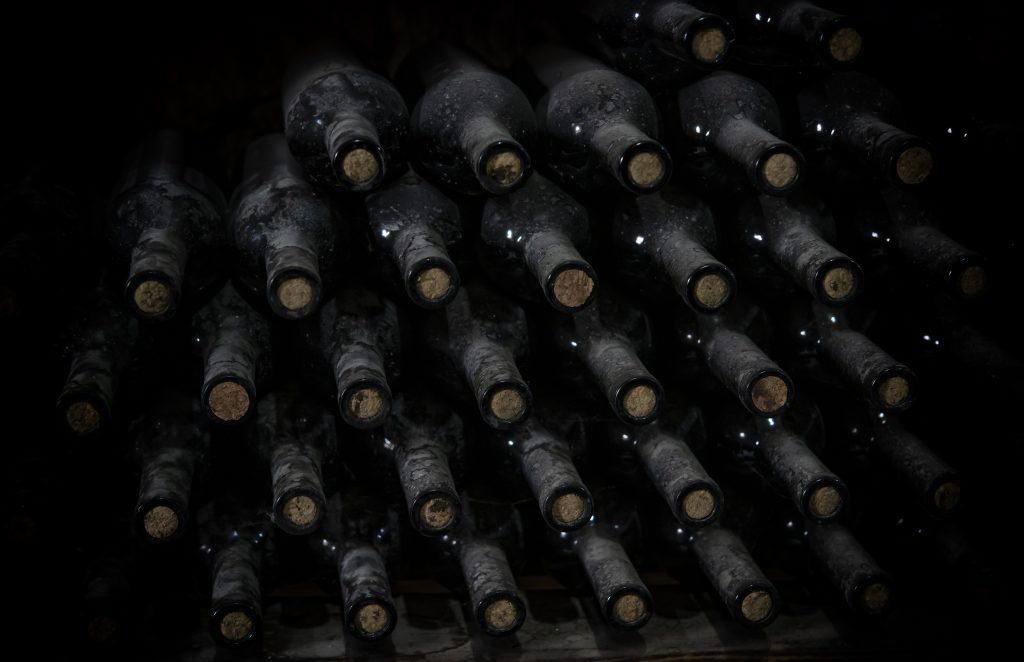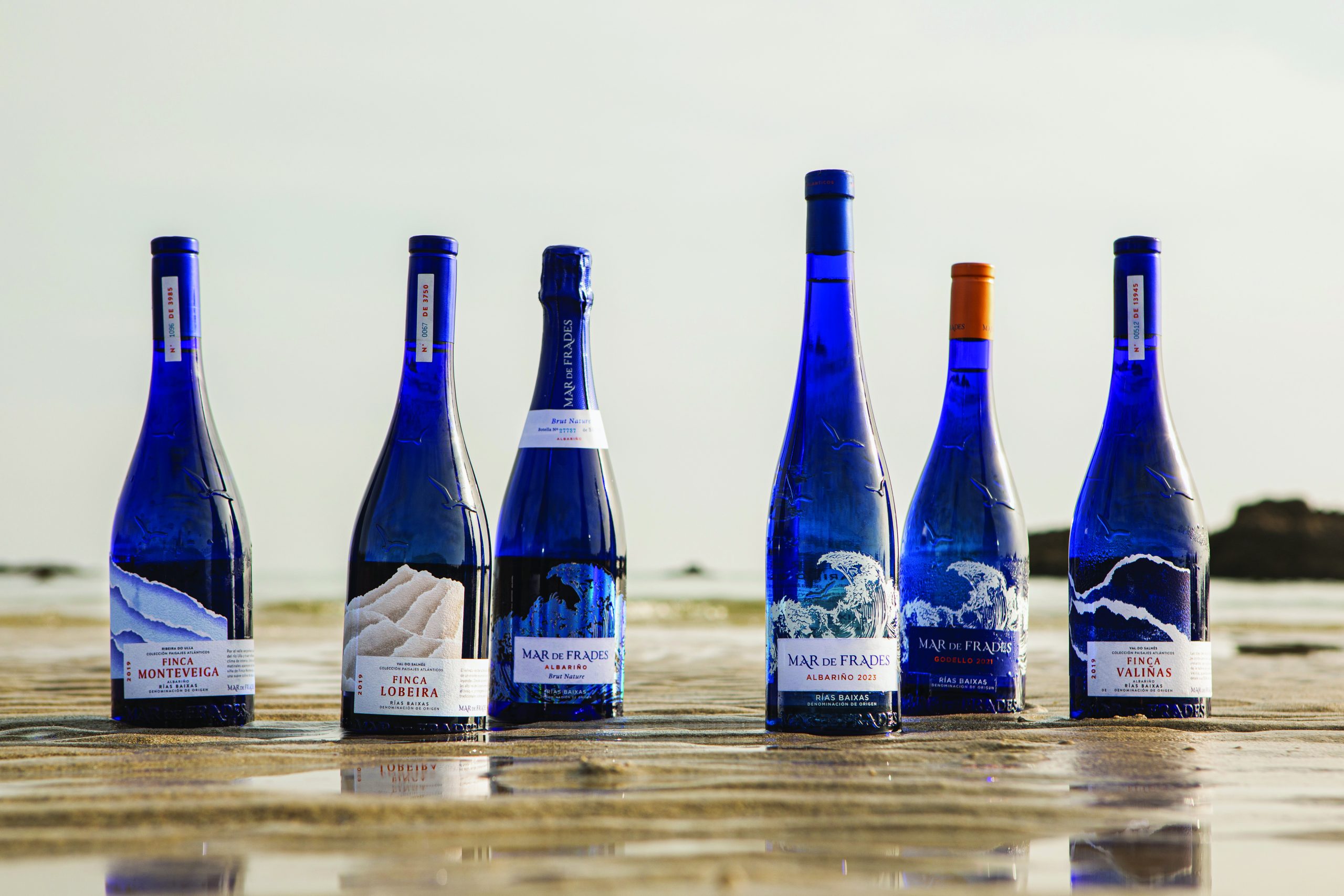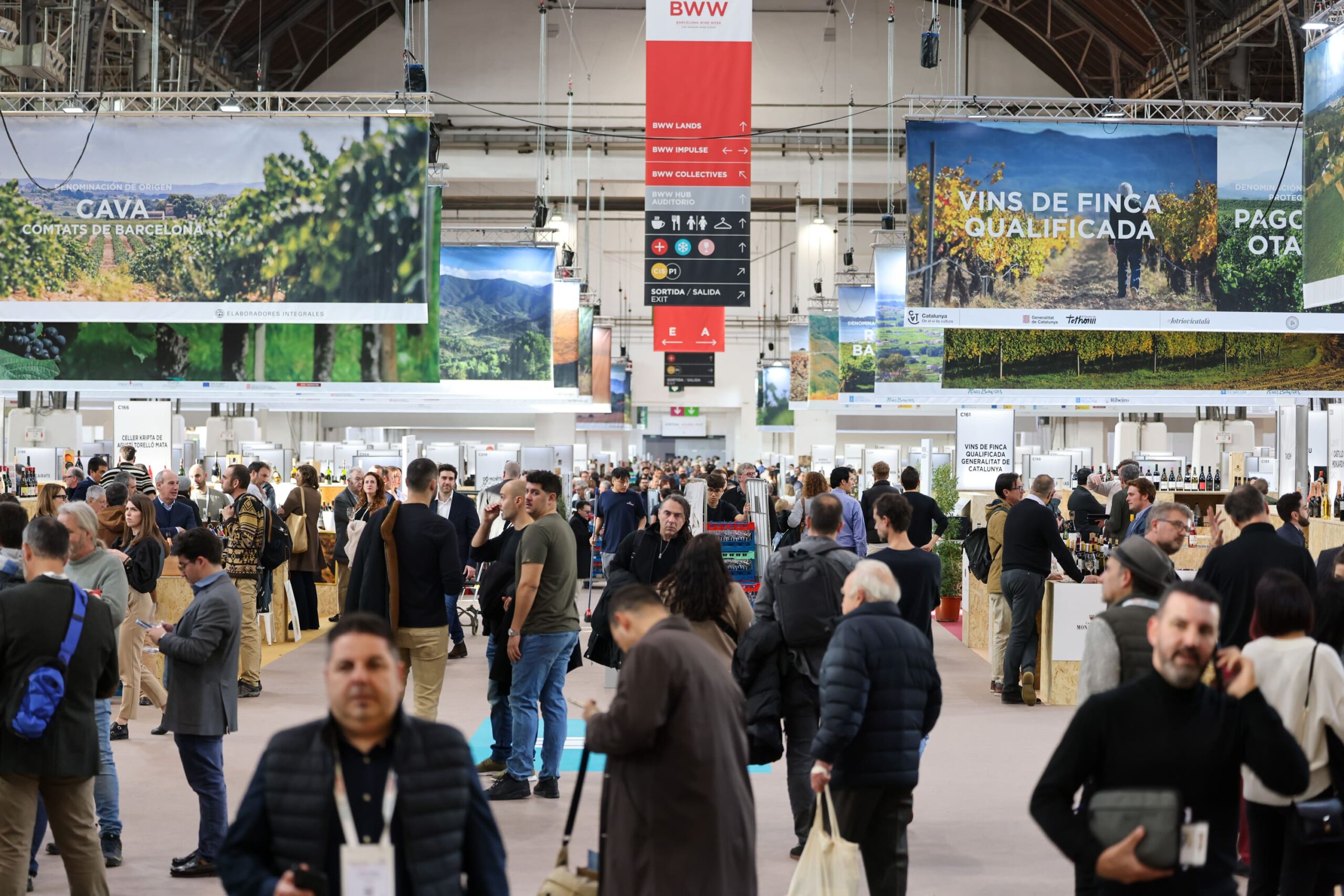Has the fine wine market reached the bottom?
There’s little doubt that the fine wine market has been in doldrums for the last 18 months – and despite a brief rally during August, the latest report from Liv-ex September saw an even sharper decline. We clearly aren’t out of the woods yet, but has the market finally reached the bottom?

In early September, is seemed as though the end might be in, if not quite within sight, at least almost the horizon. Data from Liv-ex showed an uptick in trade in the second half of August, , which seemed to be a promising sign – 55.0% of the trade by value took place in the second half of the month. Similarly, there was a 9.8% and 9.9% rises in the number of unique brands and wines traded on the market during that month.
However, last week the figures for September rolled around, recording the sharpest falls in a year. The Liv-ex 100, which tracks the 100 performing wines on the secondary market, fell 1.7% on the previous month and is now resting at 7% in the year to date. True, the volume traded was higher than the previous month, indicating that buyers remain in “active” but the value of the trade had decreased.
Furthermore the Liv-ex Fine Wine 50 is now below the levels of 2020 after falling 2.1% in September, it noted, while two thirds of the wines listed on the Rest of the World 60 sub-indicies also falling, with some US wines – notably Screaming Eagle and Opus One – seemingly taking a hit on the strengthening of the pound versus Sterling.
However, according to Matt O’Connell of Bordeaux Index, there has been some stabilisation from the “sustained but gradual price drift of the last 12-18 months” in recent months, but the market activity “undoubtedly remains subdued” and in terms of a point at which prices will increase significantly, “we will likely need to see activity rise first”.
Positive signs?
That said, he noted some positive signs.
“We are seeing certain Burgundy names increase in price again and some positive signs in Champagne,” he pointed out, before qualifying that “Of course most or all Burgundies and Champagnes are at higher prices still than they were at the outset of 2021.”
Perspective, he noted, remains important in the context.
One merchant reported to Wine Lister that while “nothing looks like it’s going to grow any time soon”, it was likely that certain categories had (or at worst, had almost) hit bottom. These included top-end champagne and certain Bordeaux vintages, “such as the best ‘09s and ‘10s”. Even top-end Burgundy such as DRC, Rousseau and Roumier appeared to have hit a period of “relative stability”, with customers seeing value in 30-40% discounts to their market highs a couple of years ago.
Wine Lister argued that overall the market was showing some signs of price stabilisation, even if wine merchants are telling them that “this is not true across all regions and wines”. For example, while Champagne had seen a positive performances over the past six months, the en primeur release prices had negatively affected recent Bordeaux vintages.
And a leading merchant added that they would be “shocked if prices of top first growths and champagnes dropped another 35% over the next 18 months” and in ten years time, the current prices “will be looked at as an opportunity”.
As ever, the wine market is undoubtedly a long-term game – one that is cyclical and heavily influenced by macroeconomic factors, Wine Lister explained.
Partner Content
“And while it might be pointless to hypothesise on how things might move in a time of total uncertainty, it is likely that the worst has passed, with some of the hardest-hit regions and categories unlikely to lose much more value,” it said.
There are, it noted, “murmurs” about the growth of fine wine from the Loire, which has been reflected by the increasing representation of its producers by some of the UK’s leading fine wine distributers – something echoed by Berry Brothers and Rudd, which is launching its second-ever Loire en Primeur offer launching later this month. Other more affordable regions, such as the Jura and less prestigious Burgundy appellations “might see some traction as consumers look for alternatives at relative value”, Wine Lister added.
Has the penny finally dropped?
Speaking to the drinks business, Liv-ex’s head of broking Robbie Stevens noted that the most recent month-on-month drop has been far more severe than anything that the market has seen over the last two years. For two year things have been “slowly ratcheting down with 1% and 2% declines” he said, in contrast to having a short and sharp decline caused by a single catalyst. The downside of this slow slide, he argues, has cultivated a “persistent optimism amongst members of the trade that things might change quickly” for the better – and as a result, there has been a tendency to keep prices relatively stable or adjusted downwards relatively slowly compared to the actual transactional prices on the secondary market.
After a “summer lull where people were perhaps burying their heads in the sand and hoping “for a positive return back to school in September”, however, this latest dip appears to be “a penny-drop moment” – and could provide the shock the market needs to genuinely recalibrate, having come to terms with the downward momentum.
“For the last 24 months, it’s been this slow tick [downwards], and actually what the market needs is a bit of a shock,” he said. “Sellers are realizing that in order to sell, they need to drop their prices.”
Looking at it more positively, he pointed out that while there have been buyers in the market over the last 24 months, the last few weeks of September had seen the highest amount of unique buyers in the market in any week since February.
“Those buyers are coming because they’re starting to come to the same realization as the sellers,” he notes. “We’re having buyers come into the market with the realization that this could be a cyclical buying window that’s opening where one can harvest stock at a market low.”
“It’s a realization from the buying pool that prices are beginning to get to the right level to dip their toes in again.”
While there may still be a lot of market on the stock to be bought at the level, meaning that this won’t be an immediate turnaround – and in fact it may still have a way to go before reaching the bottom, this is still a positive sign – even if it proves painful for the participants.
Perhaps the recent acceleration in the decline may be the thing the market needs to right itself, for as Stevens points out, “these things work in cycles, and they need some shocks to recreate that demand.”
Related news
For the eleventh day of Christmas...




